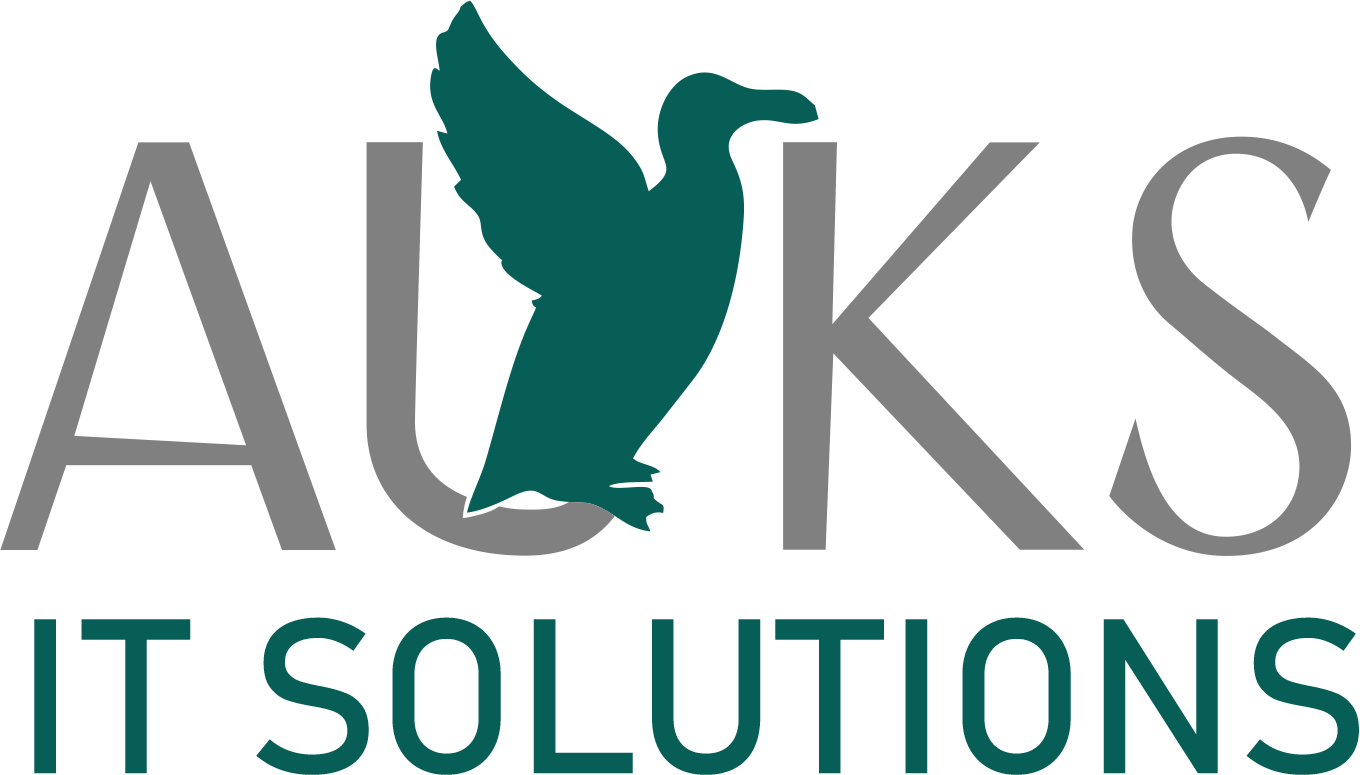

Features That We Provide In 3D Walkthrough

User Experience (UX)
User-Centered Design: The user's needs and preferences should be at the forefront of the design process. ... Effective UX design starts with understanding your users.
Usability: A product should be easy to use and navigate. Users shouldn't struggle to figure out how to achieve their goals.
Consistency: Maintain a consistent design across all pages or screens. Consistency in layout, terminology, and visual elements enhances usability.
Feedback: Provide users with feedback on their actions. For example, acknowledge when they submit a form or successfully complete a task.
Performance: Speed matters. Slow-loading websites or apps can lead to user frustration. Optimize performance for a smooth experience.

Mobile Responsiveness
Widespread Mobile Usage: With the majority of people accessing the internet via mobile devices, ...a non-responsive website can lead to a poor user experience and higher bounce rates.
SEO Impact: Search engines like Google prioritize mobile-friendly websites in search results. Mobile responsiveness can positively affect your website's search engine ranking.
User Expectations: Users expect websites to load quickly and display properly on their mobile devices. Failing to meet these expectations can drive users away.
Conversion Rates: A mobile-responsive design can lead to higher conversion rates, whether it's making a purchase, signing up, or completing a form.

SEO-Friendly
Improved Search Engine Rankings: SEO-Friendly content can help your web pages rank higher in search results, ...increasing their visibility to potential visitors.
Increased Organic Traffic: Higher rankings lead to more organic (non-paid) traffic, reducing the need for costly advertising campaigns.
Better User Experience: SEO-Friendly content often provides a more organized and user-friendly experience, which keeps visitors engaged.
Enhanced Credibility: Websites that appear at the top of search results are often perceived as more credible and trustworthy by users.

Conversion Optimization
Higher ROI: By improving conversion rates, you can generate more value from the same amount of traffic, ...leading to a better return on investment (ROI).
Competitive Edge: In a crowded digital marketplace, businesses that optimize their conversion processes gain a competitive advantage.
Customer Insights: Through optimization testing, you gain valuable insights into user behavior and preferences.
Improved User Experience: Conversion optimization often results in a more user-friendly website or landing page, leading to enhanced customer satisfaction.
Clear Call-to-Action (CTA): Make sure your CTA buttons and messages are prominent, compelling, and aligned with the user's intent.

Brand Consistency
Trust and Credibility: Consistency builds trust. When customers encounter a brand that looks and feels the ...same across all interactions, they're more likely to trust it.
Recognition: A consistent brand is a memorable brand. Customers are more likely to recognize and recall a brand with a cohesive identity.
Professionalism: Consistency conveys professionalism and attention to detail, indicating that a brand takes itself seriously.
Differentiation: In a crowded market, brand consistency sets you apart from competitors and establishes a unique brand identity.
Brand Guidelines: Develop comprehensive brand guidelines that outline your logo usage, color schemes, typography, and tone of voice.

Custom Website Design
Unique Brand Identity: Custom designs ensure that your website stands out in a sea of online competitors, ...leaving a lasting impression on visitors.
Optimal User Experience: A custom design allows for precise user experience planning, making navigation intuitive and content engaging.
Scalability: Custom websites are built to grow with your business, accommodating future updates and expansions seamlessly.
Performance Optimization: Custom websites can be optimized for speed and performance, ensuring fast loading times and smooth user interactions.
Search Engine Optimization (SEO): Custom websites can be designed with SEO in mind, helping your site rank higher in search engine results.

Responsive Design
Mobile Dominance: With mobile internet usage surpassing desktop, catering to mobile ...users is no longer optional—it's a necessity.
Enhanced User Experience: Responsive websites provide users with an optimal and consistent experience, regardless of the device they use.
SEO Benefits: Search engines favor responsive websites, potentially improving search engine rankings and online visibility.
Cost-Efficiency: Developing and maintaining a single responsive website is more cost-effective than managing multiple versions for different devices.
Mobile-First Approach: Start by designing for mobile devices and progressively enhance the experience for larger screens.

User Interface (UI) Design
First Impressions: UI design is the first thing users notice about your digital product. A well-designed interface ... creates a positive first impression.
User Engagement: A user-friendly and visually appealing interface keeps users engaged, encourages exploration, and boosts retention.
Ease of Use: An intuitive UI reduces the learning curve and makes it easier for users to achieve their goals.
Conversion Rates: A well-optimized UI can lead to higher conversion rates, whether it's signing up for a service, making a purchase, or completing a form.
User-Centered Design: Start by understanding your target audience and their needs, preferences, and pain points.

E-commerce Design
Clear and Intuitive Navigation: A well-structured navigation menu helps shoppers find products ...effortlessly, enhancing their overall experience.
Visually Appealing Product Pages: High-quality images, detailed product descriptions, and user-friendly layouts are crucial for converting visitors into buyers.
Streamlined Checkout Process: Minimize friction during the checkout process by offering guest checkouts, clear forms, and multiple payment options.
Mobile Responsiveness: Ensure that your e-commerce site is optimized for mobile devices, as a significant portion of shoppers use smartphones and tablets.
Search Functionality: Implement an effective search bar and filters to help customers quickly locate products.
Product Recommendations: Use algorithms to suggest related or complementary products, encouraging upsells and cross-sells.
Trust-Building Elements: Display trust signals such as customer reviews, security badges, and a transparent return policy.

Content Management Systems (CMS)
Streamlined Content Creation: CMS platforms provide intuitive interfaces for content creation,... making it accessible to non-technical users.
Efficient Workflow: Collaborative features, such as version control and approval workflows, enhance content creation and editing processes.
Consistency: CMS ensures that content adheres to consistent styles, layouts, and branding guidelines.
Time and Cost Savings: By reducing the need for manual coding and maintenance, CMS platforms save time and resources.
SEO-Friendly: Many CMS platforms offer SEO features and plugins to improve website visibility.

SEO Integration
Visibility: Effective SEO Integration improves your website's visibility on search engine results pages (SERPs), ... making it more likely to be found by users
Traffic: Higher visibility leads to increased organic (non-paid) traffic, which can result in more leads, sales, or conversions.
User Experience: SEO Integration often enhances the user experience, making it easier for visitors to find what they're looking for.
Credibility: Websites that appear at the top of search results are often perceived as more trustworthy and authoritative.
On-Page SEO: Optimize individual pages for specific keywords, including title tags, meta descriptions, headings, and content.
Content Strategy: Create high-quality, valuable, and user-focused content that addresses the needs and interests of your target audience.

SEO Benefits
1. Improved Visibility and Rankings:
The primary goal of SEO is to boost your website's visibility in search engine... results pages (SERPs). When your site appears at the top of search results for relevant keywords, you increase your chances of attracting organic (non-paid) traffic.
2. Increased Organic Traffic:
High search engine rankings result in more organic traffic to your website. Organic traffic often leads to higher engagement, more conversions, and ultimately, increased revenue.
3. Enhanced User Experience:
SEO involves optimizing your website's user experience. A well-structured site with clear navigation, fast loading times, and mobile-friendliness improves user satisfaction and encourages return visits.
4. Targeted Traffic:
SEO allows you to target specific keywords and phrases that are relevant to your business. This means that the traffic you receive is more likely to be interested in your products or services.
5. Cost-Effective Marketing:
Compared to traditional advertising methods, SEO is cost-effective. Once you've achieved high rankings, the ongoing maintenance and optimization costs are relatively low.
.png)
SEO Integration
Sustainable Visibility: Integrated SEO ensures your website maintains high ... visibility in search engine results over the long term.
Holistic Approach: It takes into account all aspects of your online presence, including content, design, user experience, and technical optimization.
Competitive Advantage: Businesses that embrace SEO Integration tend to outperform competitors in search rankings and user engagement.
User-Centric Focus: SEO Integration often results in a better user experience, which can lead to higher conversion rates and customer satisfaction.
Keyword Research: Continuously research and update your keyword strategy to align with user intent and search trends.
Analytics and Monitoring: Regularly analyze website data to identify areas for improvement and track the effectiveness of SEO efforts.
.png)
E-commerce Solutions
1. Mobile Commerce (M-commerce):
With the increasing use of smartphones, having a mobile-optimized website or ...a dedicated mobile app is crucial. M-commerce solutions enable customers to shop seamlessly from their mobile devices, increasing accessibility and sales opportunities.
2. E-commerce Platforms:
Choosing the right E-commerce platform is essential. Popular options like Shopify, WooCommerce, and Magento offer customizable solutions that cater to businesses of all sizes. These platforms provide a solid foundation for building and managing your online store.
3. Payment Processing Solutions:
Secure and convenient payment processing is vital. Integrating trusted payment gateways like PayPal, Stripe, or Square ensures smooth and safe transactions for your customers.
4. Inventory Management:
Effective inventory management solutions help you track product availability, manage stock levels, and streamline order fulfillment. This prevents overselling and enhances the customer experience.

Enhanced Credibility
1. Consistent and Transparent Communication:
One of the cornerstones of credibility is ...consistent and transparent communication. Be honest about your intentions, deliver what you promise, and maintain open and clear lines of communication with your audience or clients.
2. Expertise and Knowledge Sharing:
Establish yourself as an expert in your field by sharing your knowledge and insights through articles, blog posts, webinars, or speaking engagements. Providing valuable information positions you as a trusted authority.
3. Testimonials and Reviews:
Gather and showcase testimonials and reviews from satisfied clients or customers. Positive feedback from others can significantly boost your credibility.
4. Professional Online Presence:
Maintain a professional online presence through a well-designed website, active social media profiles, and a professional email signature. Consistency in branding and messaging is key.

Improved User Engagement
1. High-Quality Content:
The foundation of user engagement is valuable and compelling content.... Create content that informs, entertains, or solves problems for your target audience. Consistency in content quality is key.
2. Clear and Intuitive Navigation:
Ensure that your website or app's navigation is user-friendly. Visitors should easily find what they're looking for without frustration.
3. Responsive Design:
Optimize your digital platform for various devices and screen sizes. A responsive design ensures a seamless user experience regardless of the device used.
4. Personalization:
Leverage user data to personalize content and recommendations. Users are more likely to engage when they see content tailored to their interests and needs.
